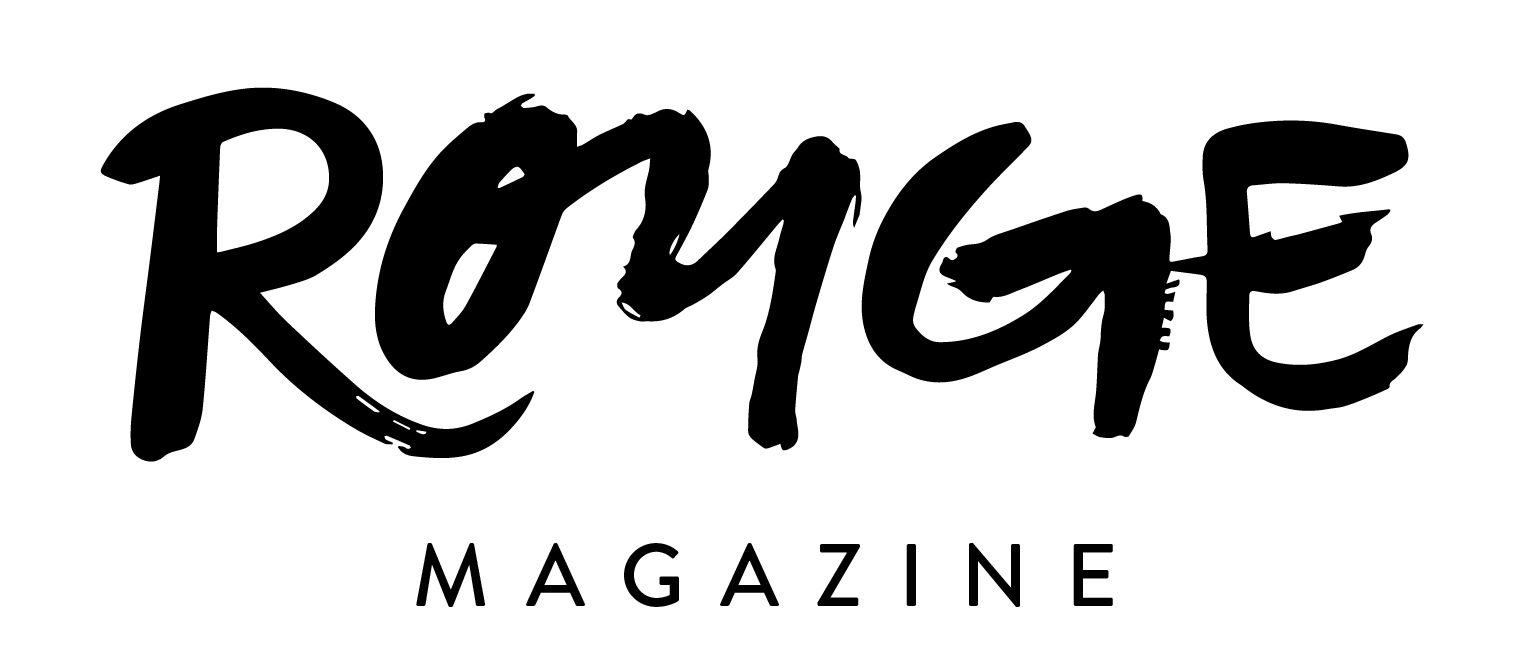The Evolution of the Corset
It’s hard to ignore the rise in popularity of the corset over the past year. With the premiere of Netflix’s “Bridgerton,” searches for the figure-shaping garment on online stores skyrocketed. Since then, it feels as though it only takes a couple scrolls through Instagram before stumbling across someone in some form of a corset. Of course, the collective obsession is understandable. Although it has evolved greatly over time, from the time of its conception to now, the corset has always aimed to flatter.
scene from Netflix’s hit show “Bridgerton”
The corset’s beginnings can be traced back to the 16th century and Catherine de Medici of France, who popularized its use with a controversial ban on “thick waists” in court. In its early days, women wore corsets made from rigid material like whalebone and even steel in order to achieve the ideal figure at the time. By the 19th century, the garment’s structure gradually changed as body standards did the same, shifting preferences to a shorter waistline and later an elongated silhouette.
Conversation about the safety of wearing corsets emerged in the 19th century. Doctors worried that the tight lacing and rigid structure led to respiratory problems and internal organ damage, therefore pushing for “health corsets” that were less extreme on the body. The introduction of elastic in the 1920s made this healthier vision of the corset widespread and allowed for women to take on more active lifestyles. The 20s favored a more boyish look for women, and making corsets that took in the hips became the new industry norm. Yet as the 20th century went on, the hourglass silhouette regained popularity and along with it shapewear was created for that figure again. A shift occurred in the 1960s and 70s when corsets fell out of popularity with a new emphasis on exercise and diet to achieve the desired look instead. However, corsets did not completely disappear. Designer Vivienne Westwood used the corset as a way to empower rather than suppress in her early punk runway looks. Rather than using underwear only to alter the shape of one’s body underneath clothing, modern designers continue to favor corsets as outerwear worn over their designs.
Over time, different pieces of clothing come and go, yet some things tend to stick around. The timelessness of the corset and its evolution is a testament to the cyclical nature of fashion. Today, people can be seen wearing various different versions. From the more traditional design, inspired by “Bridgerton” and “regencycore,” to a modern recreation like the Urban Outfitters’ best selling “Out From Under Modern Love Corset,” there’s definitely a way for all of us to embrace the trend.
Graphics by: Shaza Medhi





